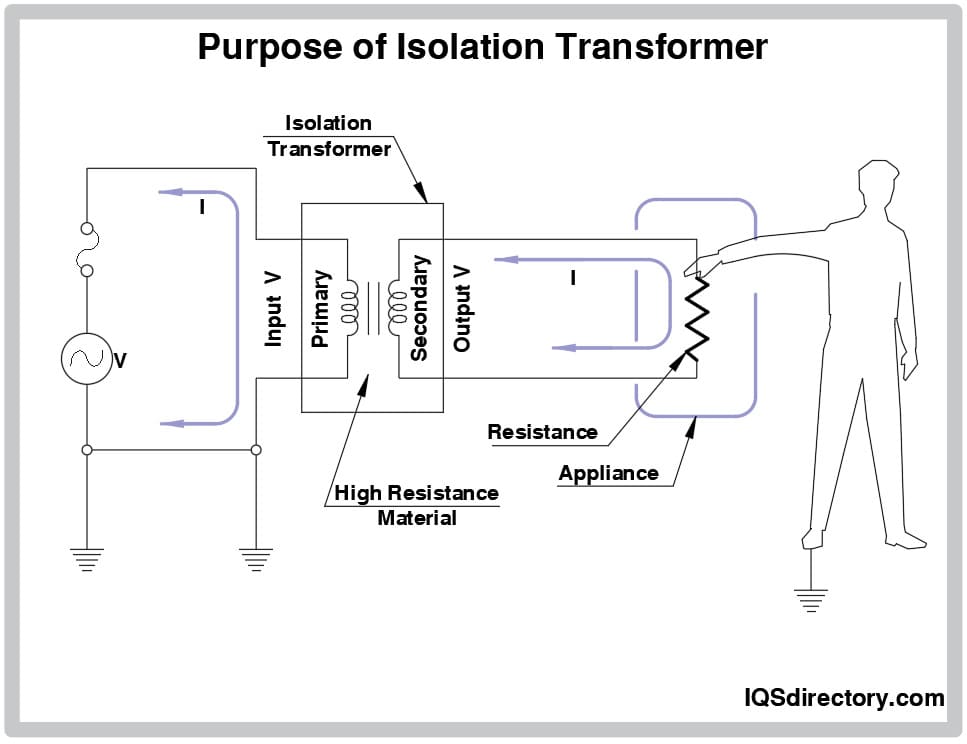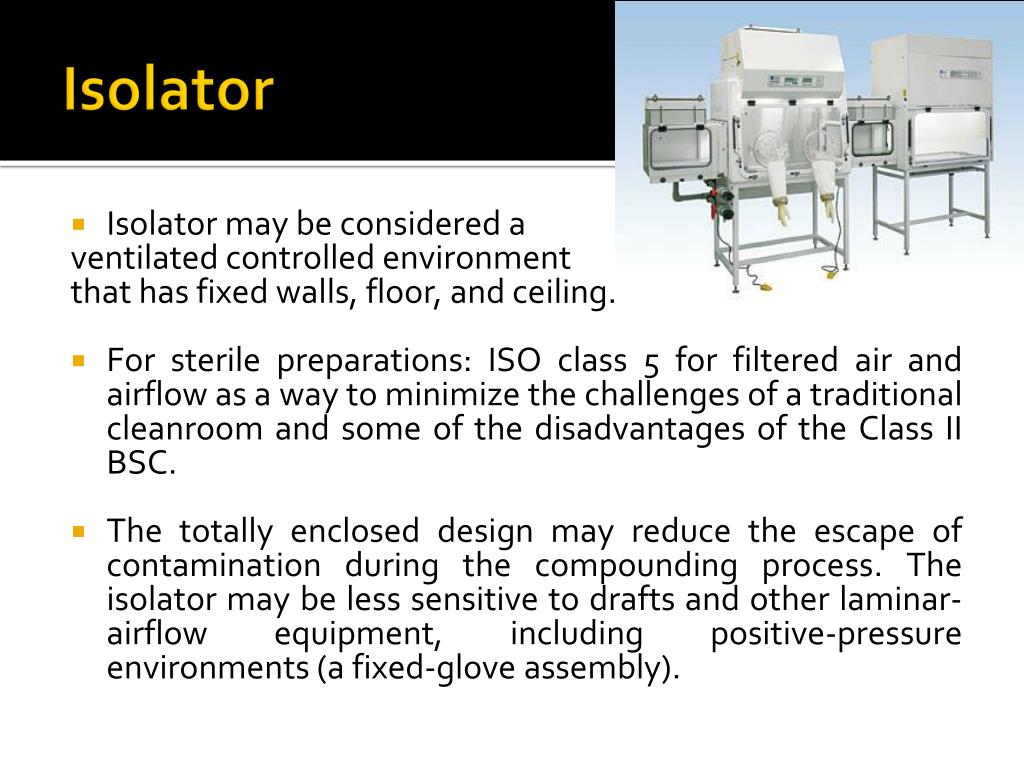Beautiful Work Info About What Is The Purpose Of An Isolator

Types Of Insulators
Understanding Isolators
1. What Exactly Is an Isolator?
Let's face it, the word "isolator" doesn't exactly conjure up images of thrilling technology. It soundsisolated. But trust me, these little devices are incredibly important, especially if you're dealing with sensitive electronics or powerful radio frequency (RF) signals. Think of them as the bouncers of the electrical world, ensuring that signals only go one way, preventing unwanted reflections and protecting vulnerable components.
At its core, an isolator is a two-port device (meaning it has an input and an output) that allows signals to pass through in one direction while blocking signals in the opposite direction. It's like a one-way street for electrons! This unidirectional property is achieved through clever use of materials like ferrites and magnetic fields. The magic happens inside, where these components interact to either allow or suppress signal propagation based on the direction of travel.
Now, why would you want to block signals traveling backward? Imagine a speaker system where sound waves are bouncing back into the amplifier. Not ideal, right? Similarly, in electronic circuits and RF systems, reflected signals can cause all sorts of problems, from signal distortion and instability to outright damage to sensitive components like amplifiers and oscillators. These reflections can happen due to impedance mismatches or other imperfections in the circuit.
Isolators are crucial to safeguarding equipment. They also improve signal purity. They are like the silent protectors, they stand guard so our precious electronic signals stay clean and strong. By ensuring the direction of flow, you're ensuring that only your intended signal reaches its destination, unsullied by unwanted interference. That's the power of the isolator!

Why Use an Isolator? The Nitty-Gritty Benefits
2. Protecting Your Precious Electronics
Alright, we've established that isolators are important. But what exactly are the specific benefits? Let's dive into some real-world scenarios where these devices shine. One of the primary uses of an isolator is to protect sensitive components. Imagine a high-power amplifier connected to an antenna. If the antenna encounters a significant impedance mismatch (perhaps due to ice buildup or a nearby object), a large signal can be reflected back towards the amplifier.
Without an isolator, this reflected power can overload and potentially damage the amplifier. The isolator acts as a shield, absorbing the reflected energy and preventing it from reaching the amplifier's delicate circuitry. It's like having a surge protector for your RF signals. This is super important for high-value equipment, as the cost of replacing an amplifier can be far more than the cost of an isolator!
Beyond protecting components, isolators play a crucial role in improving signal quality. Reflected signals can interfere with the original signal, causing distortion and instability. This is especially problematic in communication systems where clear and reliable signal transmission is paramount. By blocking reflections, the isolator ensures that the signal reaching the receiver is clean and accurate, leading to better performance and reduced errors.
Think of it this way: you're trying to have a conversation in a room with lots of echoes. It's difficult to understand what the other person is saying, right? An isolator is like clearing out all the echoes, so you can hear the original message clearly. This is particularly valuable in applications like radar systems and scientific instruments, where even small signal distortions can have a significant impact on the accuracy of measurements.

Isolators What Are They? (Working, Definition And Uses) Engineer Fix
Types of Isolators
3. Choosing the Right Isolator for the Job
Not all isolators are created equal! They come in various types, each suited for different applications and frequency ranges. The two main types are Faraday isolators and resistive isolators. Faraday isolators, named after Michael Faraday, use the Faraday effect to achieve unidirectional signal propagation. They typically consist of a ferrite rod placed within a magnetic field. When a signal passes through the ferrite, its polarization is rotated. A polarizer at the output is oriented to only allow the rotated signal to pass through in one direction.
Faraday isolators are known for their high isolation and low insertion loss, meaning they effectively block reverse signals while allowing forward signals to pass through with minimal attenuation. They are commonly used in high-performance RF systems where signal purity is critical. However, they can be more expensive and bulky than other types of isolators. Also, they are sensitive to the operating wavelength so selecting the right one is crucial.
Resistive isolators, on the other hand, use resistive elements to absorb reflected signals. They are simpler and less expensive than Faraday isolators but typically offer lower isolation and higher insertion loss. They are often used in applications where cost is a major concern and the performance requirements are less stringent. For example, you might find them in lower-power communication systems or in test equipment where a moderate level of isolation is sufficient.
Furthermore, isolators are categorized by their operating frequency range. Some are designed for microwave frequencies, while others are suitable for lower frequencies. Choosing the right isolator for your specific frequency range is crucial for optimal performance. Always check the manufacturer's specifications to ensure that the isolator is compatible with your system.

Isolators in Action
4. Where You'll Find These Unsung Heroes
So, where exactly are these isolators used in the real world? You might be surprised to learn that they are essential components in a wide range of applications. One common example is in cellular base stations. These base stations transmit and receive radio signals, and isolators are used to protect the amplifiers from reflected signals caused by antenna mismatches. This ensures reliable communication and prevents damage to the expensive amplifier equipment.
Another important application is in radar systems. Radar systems emit radio waves to detect objects, and the reflected signals are analyzed to determine the object's location and speed. Isolators are used to protect the sensitive receiver circuitry from strong reflected signals, ensuring accurate measurements. Without isolators, the receiver could be overwhelmed by the reflections, making it impossible to detect faint signals from distant objects. And as military tech becomes more advanced, having a reliable isolator is a must have.
Isolators are also widely used in scientific instruments, such as spectrum analyzers and network analyzers. These instruments are used to analyze the frequency content of signals, and isolators are used to ensure accurate measurements by preventing reflections from distorting the signal. In medical devices, this is especially important. Think of imaging equipment; a faulty isolator in that equipment could lead to incorrect images, which could cause harm to a patient.
Beyond these specific examples, isolators are found in countless other applications, from satellite communication systems to industrial control systems. Basically, anywhere you need to protect sensitive electronics from reflected signals, you'll likely find an isolator quietly doing its job. They might not be glamorous, but they are definitely essential.

Choosing the Right Isolator
5. What to Look for When Selecting an Isolator
Okay, so you're convinced that you need an isolator. But with so many options available, how do you choose the right one for your specific application? Several factors should be taken into consideration. First and foremost, you need to determine the operating frequency range of your system. The isolator should be designed to operate within that frequency range for optimal performance. Using an isolator outside its specified frequency range can lead to reduced isolation and increased insertion loss, negating its benefits.
Another important factor is the isolation level. This refers to the amount of signal that is blocked in the reverse direction. A higher isolation level is generally better, but it often comes at the cost of increased insertion loss. You need to strike a balance between isolation and insertion loss based on the specific requirements of your application. Also, keep in mind that the acceptable insertion loss level depends on power requirements. A system with low power requirements, may not be able to afford to have an isolator with even the smallest of insertion losses.
Insertion loss, as mentioned above, is another crucial parameter. This refers to the amount of signal that is attenuated as it passes through the isolator in the forward direction. Lower insertion loss is generally desirable, as it minimizes signal degradation. However, achieving very low insertion loss can be challenging, especially for high-isolation isolators.
Finally, consider the power handling capability of the isolator. This refers to the maximum amount of power that the isolator can safely handle without being damaged. Make sure the isolator's power handling capability is sufficient for your application. Selecting an isolator is hard work and requires much consideration, but it's important for safe usage of the isolator. By carefully considering these factors, you can choose the right isolator to protect your sensitive electronics and ensure optimal system performance.
+Isolators+are+used+but+not+limited+to+the+following+uses:.jpg)
FAQ
6. Your Burning Questions Answered!
Still have some questions about isolators? No problem! Here are a few frequently asked questions to help clarify things:
7. Q
A: Great question! Both isolators and circulators are multi-port devices that control the direction of signal flow. An isolator is a two-port device that allows signals to pass in one direction and blocks them in the opposite direction. A circulator, on the other hand, is a three-port (or more) device that directs signals from one port to the next in a circular fashion. Think of it like a roundabout for RF signals!
8. Q
A: Generally, no. Most isolators are designed for AC or RF signals. The mechanisms they use to block reverse signals (such as magnetic fields or resistive elements) typically don't work effectively for DC signals. For DC isolation, you would typically use an optocoupler or a transformer.
9. Q
A: The best way to test an isolator is to use a network analyzer. This instrument can measure the S-parameters of the isolator, which provide information about its isolation, insertion loss, and return loss. By analyzing these parameters, you can determine whether the isolator is meeting its specified performance characteristics. There are also cheaper methods, but a network analyzer will provide the best results!